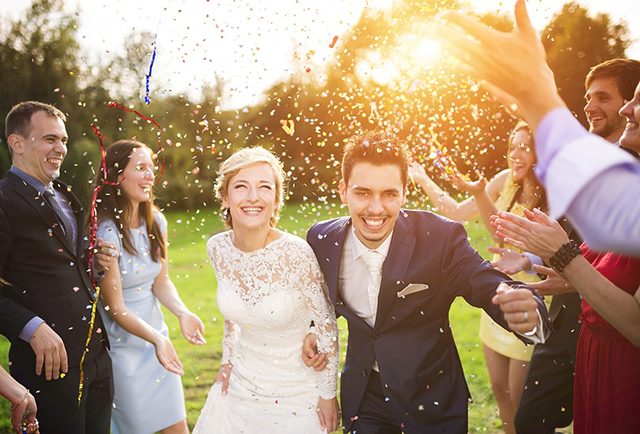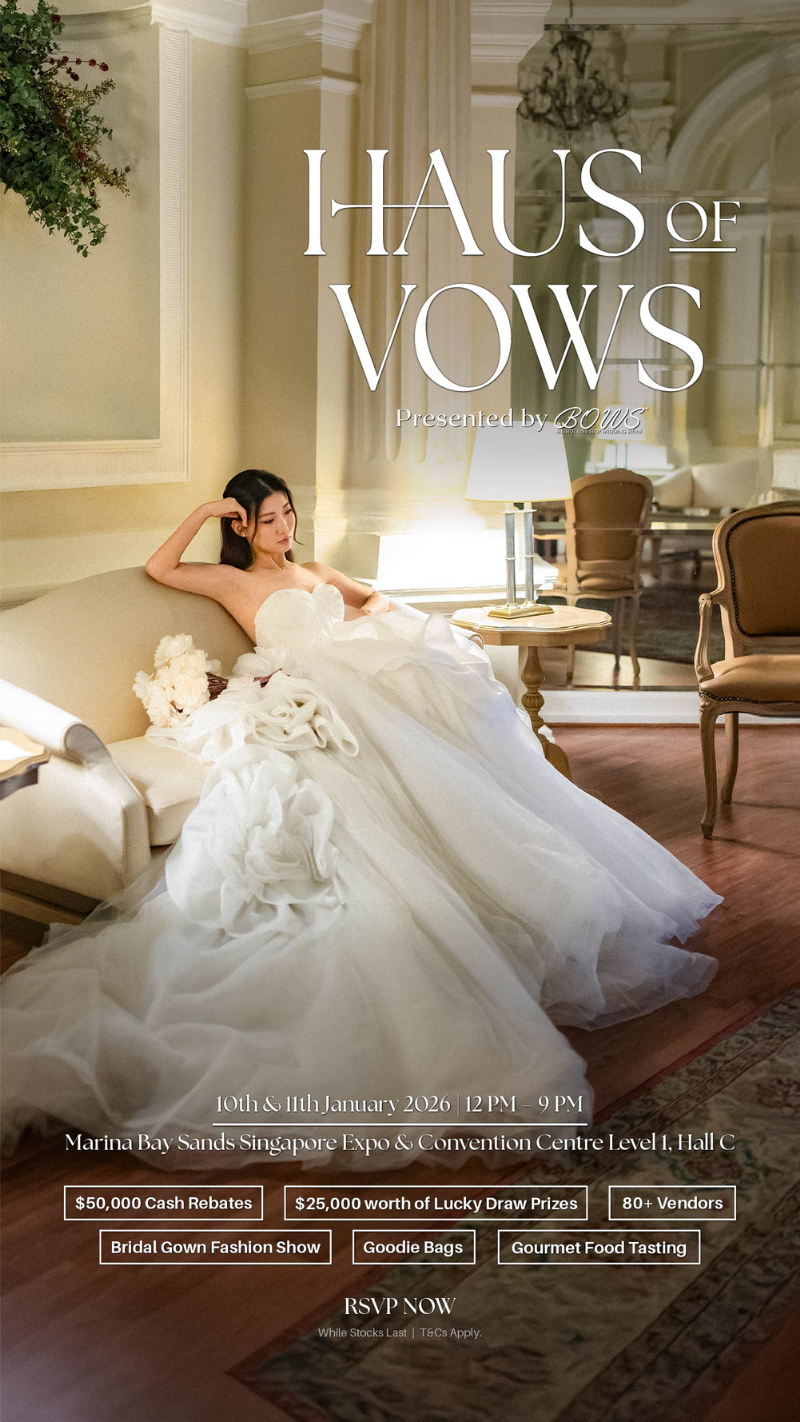Getting the Best Photographs for Your Outdoors Wedding
2018-01-15

A wedding ceremony and reception held in the outdoors is a unique alternative to conventional chapel or hotel weddings. You and your guests get to enjoy natural surroundings. Plus, outdoor settings are spacious which means you can fit all your guests without worrying about overcrowding. Moreover, outdoor venues are affordable and allow you to host your wedding and reception in one place.
One of the outstanding things you’ll love about an outdoor reception is the gorgeous photos you’ll go home with. This is because natural light helps to highlight your natural skin tone and hence, produces beautiful outdoor wedding shots.
In outdoor settings, your photographer will use little or no artificial lighting in an outdoor setting. The difference between natural light and studio lighting is the amount of control the photographer has over it. So how can you get the best shots for your outdoor wedding while taking into consideration natural light’s erratic nature?
Here are tips to help you do so.
Time of day outdoors
Mornings and evenings are characterized by the softest light because the sun is lower in the skyline and casts softer shadows. These are the perfect times for your wedding photographer to shoot. Because most weddings start later in the day, shooting during sunset is more practical. During sunset, sunlight falls evenly on your skin and flatters your features, and is consistent for you and your spouse. So you do not have one of you in the light, and the other one in shadow.
Diffusing the light
What if the wedding is held in the middle of the day? How can you still get the best shots with the bright light? Your photographer can take the photos in a shady area such as woods. Here, the leaves restrict the amount of light reaching you while still allowing spaces for direct light.
Enough light for night weddings
If your reception is scheduled for the night, you will need to add as much additional lighting as possible. The additional lighting serves to warm up your wedding shots and incorporate a more attractive, vibrant dimension. If not, you will be left with a very dark background. Examples of lighting for night weddings include twinkle lights, globe lights and candles in vases. A few strands of these lights in the night will bring on a beautiful backdrop for taking the photos.
DIY backdrops
While an outdoor wedding makes use of the natural surroundings to act as the backdrop, there are some occasions you need something more than trees and flowers to set the tone. If you want the best shots, why not create your own backdrops for your wedding? While details such as flowers and decorations add to the overall mood of the wedding, your backdrop will give you more value for money than details if photography is your top priority.
So if you have to pick between very cool details and a beautiful wedding backdrop, the latter will elicit more positive discussions in your wedding pictures than floral theme arrangements or napkin rings.
A good example of a DIY backdrop is a paper flower wall. It’s a cost-effective alternative to a wall designed with real flowers. Place it outside for your wedding photo shoot, and it would make for some memorable shots. Another example is a DIY chalkboard backdrop. The wedding date and the first names of the bride and groom can be written at the top and flower designs drawn at the edges. This chalkboard backdrop is sure to add fun and ingenuity to your photos.
Implementing these tips can help you get beautiful outdoor wedding snapshots that you and your partner will look back at fondly. If you prefer having a professional to handle this aspect of your wedding, consider getting wedding photography packages that offer both pre-wedding and actual day photography for you.










